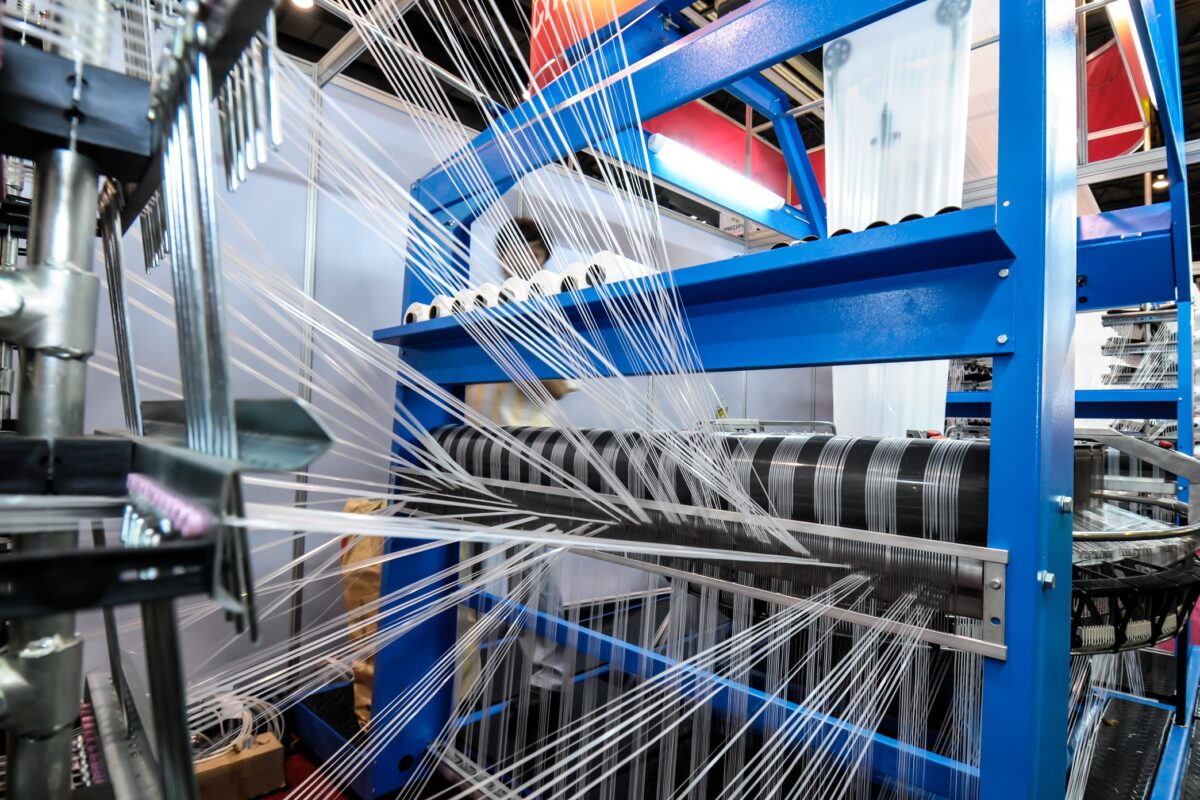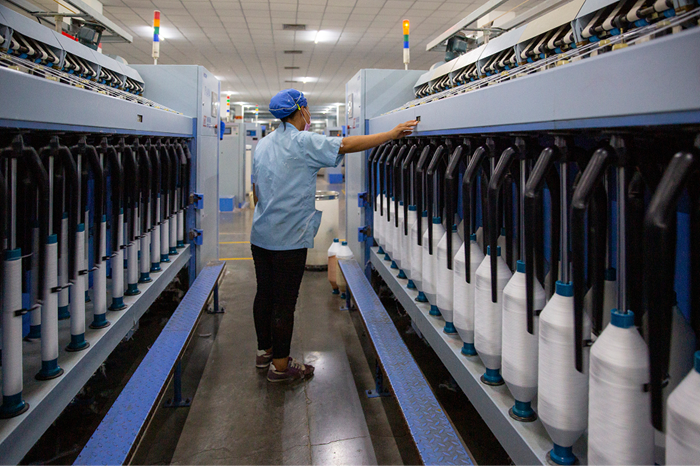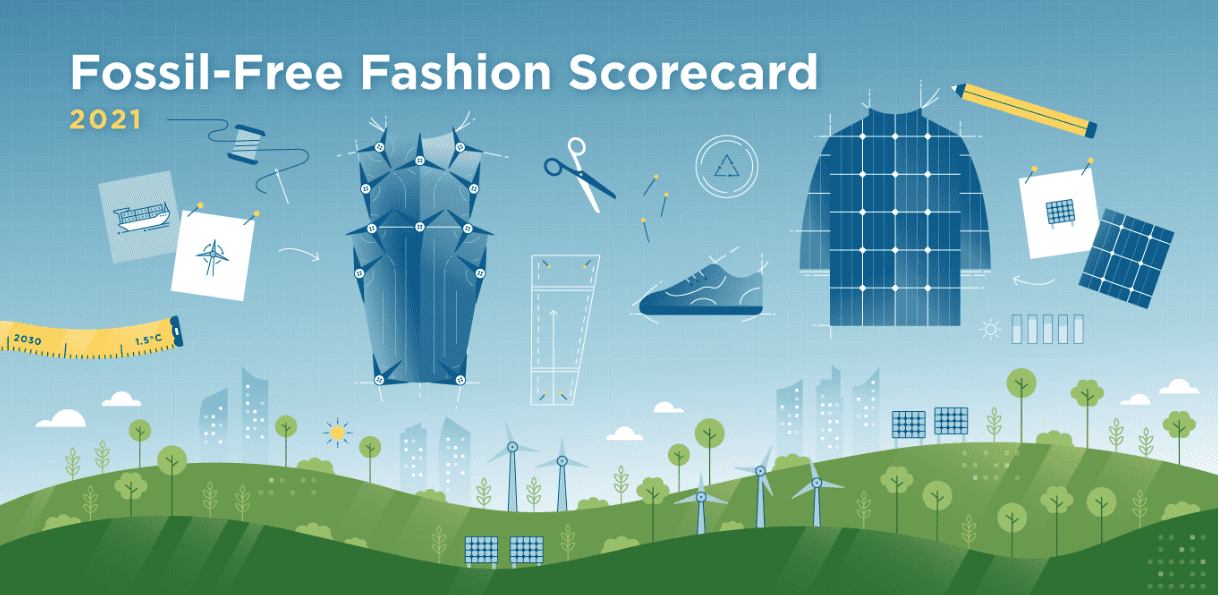
A groundbreaking new study by Glimpact, has pulled back the curtain on the often-obscured environmental footprint of the apparel industry, revealing a detailed assessment of the ecological costs associated with some leading fashion brands like, Patagonia, Reformation, H&M, Ralph Lauren, and Alo Yoga. Unlike previous analyses, Glimpact looks deep into the entire lifecycle of garments – from raw material extraction and processing to manufacturing, transportation, consumer use, and eventual disposal – offering a comprehensive picture of the industry's impact.
Beyond greenwashing and vague claims
The primary objective of the study is to move beyond generalized sustainability claims and provide, quantifiable data on the specific environmental burdens created by individual apparel brands. In an era saturated with "eco-friendly" marketing and vague commitments, Glimpact aims to inject transparency and accountability into the fashion landscape.
"For too long, consumers and even industry stakeholders have relied on incomplete or high-level assessments of environmental impact," explains Anya Sharma, lead researcher for Glimpact. "Our goal was to dissect the supply chains of major brands, identify the most significant ecological hotspots, and provide a clear, data-driven understanding of the true cost of our clothes."
The relevance of this study is paramount in a world grappling with climate change, resource depletion, and pollution. The findings offer insights for consumers seeking to make more informed choices, policymakers aiming to regulate the industry, and brands looking to implement meaningful and impactful sustainability strategies.
A holistic and granular approach
What sets Glimpact apart from many previous studies is its holistic and granular approach. The findings challenge conventional assumptions about sustainability in fashion, revealing that carbon emissions account for just 23 per cent of a typical apparels product’s environmental footprint. This underscores the limitations of solely focusing on carbon reduction strategies.
Using the Product Environmental Footprint (PEF) method, a science-based approach adopted by the EU to standardize environmental assessments, Glimpact evaluated over 100 apparel items across a spectrum of 16 environmental impact categories. These extend beyond climate change to include critical factors such as particulate pollution, fossil resource depletion, and water use, which together constitute over 75 per cent of an apparel product’s total environmental footprint. This multi-faceted approach provides a far more nuanced understanding of ecological costs than studies solely focused on carbon.
Glimpact moves beyond broad industry averages and focuses on specific product categories and even individual garments from leading brands. This level of granularity allows for direct comparisons and highlights the varying ecological costs associated with different materials, production methods, and supply chain complexities.
The varied impacts across brands
The study analyzed a diverse portfolio of apparel from ten prominent global brands, including Patagonia, Reformation, H&M, Ralph Lauren, and Alo Yoga, across different price points and styles. Some findings and illustrative case studies involving these specific brands have emerged.
Reformation's organic cotton paradox: The study revealed that Reformation’s Tessa Hoodie, made from 100 per cent organic cotton, had the highest environmental impact among the women’s sweatshirts tested. This impact surpassed that of Alo Yoga’s Accolade Hoodie (which makes no explicit sustainability claims) and Patagonia’s Fitz Roy Icon Uprisal Hoody, which is made from a significant amount of recycled materials but not entirely (consisting of 55 per cent recycled polyester and 45 per cent recycled cotton).
Glimpact’s analysis suggests that even with seemingly sustainable materials like organic cotton, other lifecycle stages, such as energy-intensive processing, water usage in manufacturing, and the specific chemicals employed, can significantly inflate the overall footprint. The study indicated that simply changing the source of cotton used in Reformation’s hoodie or optimizing its manufacturing processes could potentially reduce its footprint by up to 40 per cent.
The misplaced focus on packaging and distribution: A significant finding of the Glimpact study is that packaging and distribution, often primary focal points in Environmental, Social, and Governance (ESG) strategies and marketing campaigns, account for less than 7 per cent of the total product environmental impact on average. This suggests that while important, these areas are dwarfed by the impact of raw material production and manufacturing. “Carbon is just the tip of the iceberg,” says Christophe Girardier, CEO, Glimpact. “Brands are pouring millions into recycled packaging and carbon offsets while ignoring the fact that 90 per cent of their impact is baked in before a single product is even sewn. If we don’t start measuring what really matters – raw material origin, dyeing, and fiber choices – we’re not solving the climate crisis, we’re greenwashing it.”
Raw materials and manufacturing intervention points: Consistently across all analyzed brands and product categories, raw materials and manufacturing contribute over 90 per cent of a product’s total environmental impact. This underscores that these stages are the most effective and crucial targets for meaningful sustainability interventions by brands like Patagonia, Reformation, H&M, Ralph Lauren, and Alo Yoga.
Material choices: Simply choosing a ‘sustainable’ material does not guarantee a low environmental impact. The case of Reformation’s organic cotton hoodie exemplifies this. The study highlights variations exist within material catergory. For example, the environmental impact of polyester can differ significantly depending on whether it is virgin or recycled, the energy sources used in its production, and the efficiency of the manufacturing processes.
Path to a more sustainable future
The study findings have implications for the analyzed brands and the entire apparel ecosystem. For consumers, it provides a more informed basis for purchasing decisions, encouraging a shift towards a deeper understanding of environmental impact that goes beyond surface-level claims and considers the full lifecycle of a garment. For policymakers, the detailed data, utilizing the standardized PEF method, can inform the development of more effective regulations and incentives that target the most environmentally damaging stages of apparel production.
For apparel brands like Patagonia, Reformation, H&M, Ralph Lauren, and Alo Yoga, Glimpact offers a clear and data-driven roadmap for identifying their most significant environmental impacts. The overwhelming contribution of raw materials and manufacturing to the overall footprint necessitates a re-evaluation of sourcing practices, material choices, and production technologies. Brands need to prioritize investments in innovative, lower-impact raw materials, cleaner and more efficient manufacturing processes, and fundamentally rethink their supply chain management to achieve meaningful and lasting reductions in their ecological cost.












